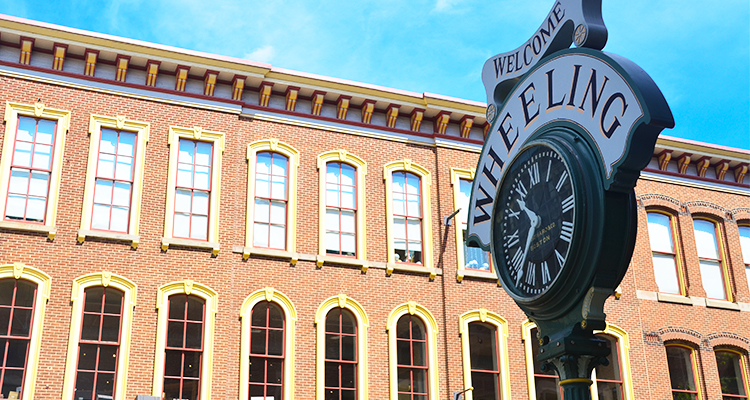And, they have been. For the last 25 years. No binoculars or hiking boots required.
“You’re living in a federally designated National Heritage Area,” said Hydie Friend, a former executive director of Wheeling Heritage.

And, in that kind of National Park Service distinction, it’s the people and the place (rather than bears or faithful geysers) that are the main attraction.
“It’s a lived-in landscape,” said Jake Dougherty, the organization’s director for the last three years. “(It) tells American stories and helps define the American way of life.”
THE PATH TO PARK
Dougherty, Friend and others are reflecting on the city’s designation as Wheeling Heritage celebrates its 25th anniversary. Part of that is looking back — to the organization’s beginning and to the long, rich history that prompted it.
The path to park status began in the late 1980s, according to Dougherty. The late Harry Hamm, longtime editor at the Wheeling News-Register, had an idea for linking the city’s history to economic development needed to support its future.
It was a timely idea.
In 1986, during the Reagan era, a new kind of national park status emerged. National Heritage Areas, Dougherty explained, tell a specific story of America. With some heavy assists from the late U.S. Sen. Robert C. Byrd, D-W.Va., the entire city of Wheeling achieved that designation in 1994, although full status was not reached until 2000.
“Wheeling has a nationally significant story to tell, and we need to keep that story alive,” said Friend, who was among those area residents involved in the project from the beginning. “We were the crossroads — the confluence of the Baltimore & Ohio Railroad, National Road and the northern-most navigable part of the Ohio River … A lot of history passed through Wheeling because of that.”

Dougherty said Wheeling’s role in the proclamation of the state of West Virginia during the Civil War was also a factor in the designation, as was its long and broad industrial heritage.
He noted that National Heritage Area status is not a common one. To date, there are 55 such parks, three of them in West Virginia. In addition to Wheeling, the Mountain State has areas devoted to the Appalachian Mountains and coal. Other regional areas include the Erie Canal and Niagara Falls.
Patrick Cassidy, another founder and a current member of Wheeling Heritage’s board, credits Byrd for getting Wheeling into that exclusive group.
“(Byrd) used his position of power in the United States Senate to help Wheeling’s historic cultural heritage, its heart and soul, to flourish,” Cassidy said in a written statement.
Cassidy interacted with Byrd several times during the group’s early days, testifying before a congressional committee hearing and introducing the senator at the dedication of an initial group effort, the Intermodal Transportation Center.
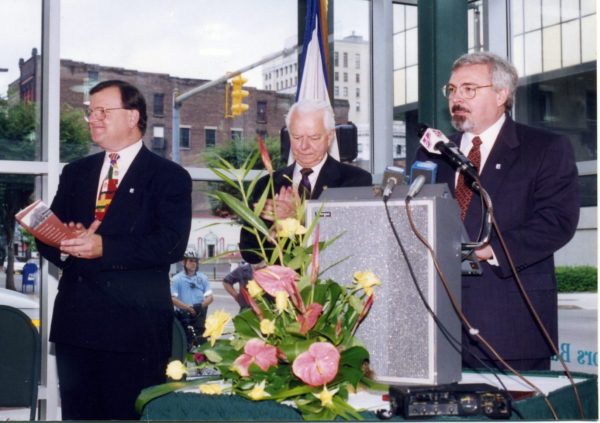
Byrd was also involved when testimony before the Department of the Interior regarding that effort began to falter, Cassidy said. Department staff were unconvinced a structure that included a parking garage in addition to serving as a bus station among other functions was “an intermodal transportation center.”
“Sen. Byrd broke the deadlock by adding a sentence to the Interior Appropriations Bill to the effect that the Wheeling project was an intermodal center, as a matter of law,” Cassidy remembered.
CHANGING FOCUS
There have been changes. In 1994, Dougherty noted the organization’s name was even somewhat different. Then, it was Wheeling National Heritage Area Corp. Now, it goes by a less unwieldy Wheeling Heritage moniker.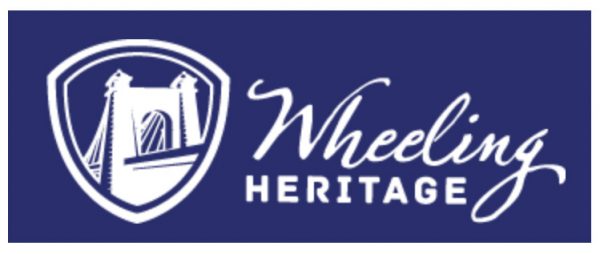
How it functions in the city has also morphed over time, according to both Dougherty and Friend. At the start, there was a trio of projects that loomed large. First, three vintage buildings were linked and rehabbed to create the Artisan Center in 1996.
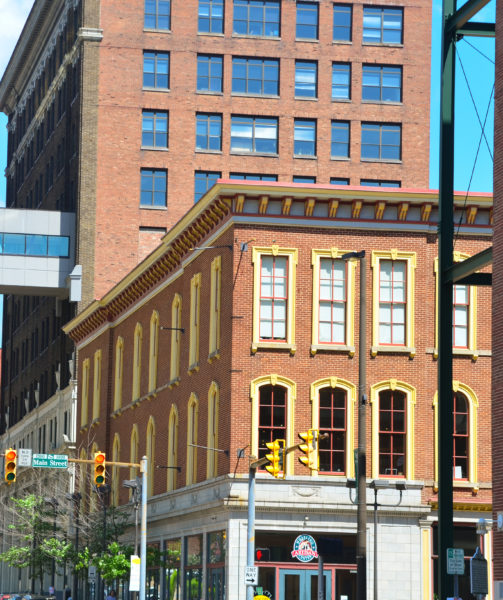
That facility — which includes Wheeling Heritage’s office, a restaurant, conference and event space, an art gallery and a retail shop — was soon joined by the Intermodal Transportation Center, which sits just across Main Street. Dougherty said the latter center — and its integral parking garage — was critical to the group’s third project, the redevelopment of the waterfront into the sprawling performance and recreation areas that are now Heritage Port.
“Oh, man. It’s hideous,” he said of thinking about what the port would look like had another parking garage, one that was standing right in the middle of it, were still in place.
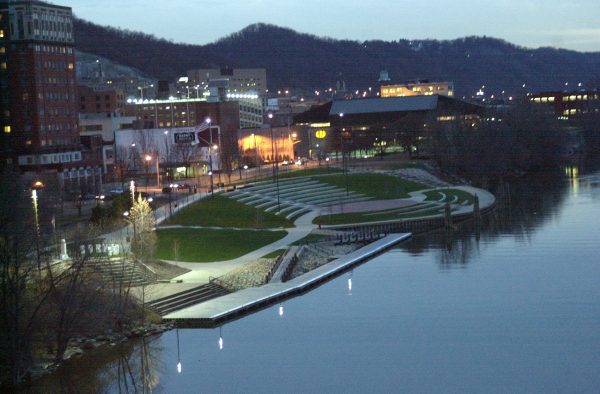
Friend said the early focus also included a lot of historical research and the installation of interpretive signage.
Now, with key projects in place, the focus has expanded, Dougherty noted.
“Wheeling Heritage functions in a lot of different ways,” he said. Sometimes, the group facilitates projects that others ultimately carry out. Other times, it manages projects and funding, including its annual Congressional appropriation through the National Park Service.
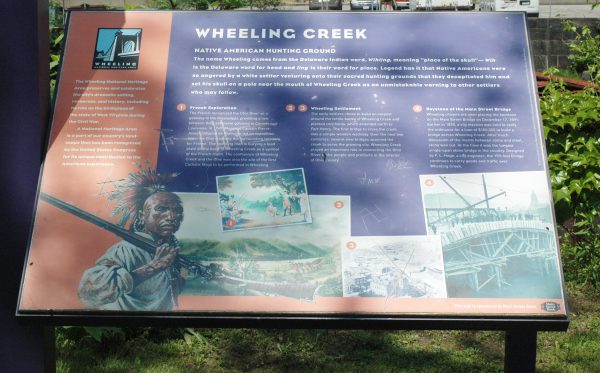
And, perhaps most importantly, Wheeling Heritage serves as a team player with city government and other groups such as RED (Regional Area Development), the Wheeling Convention and Visitors Bureau, and the Greater Wheeling Sporting and Entertainment Authority, he added.
That is something City Manager Robert Herron agreed has been critical.
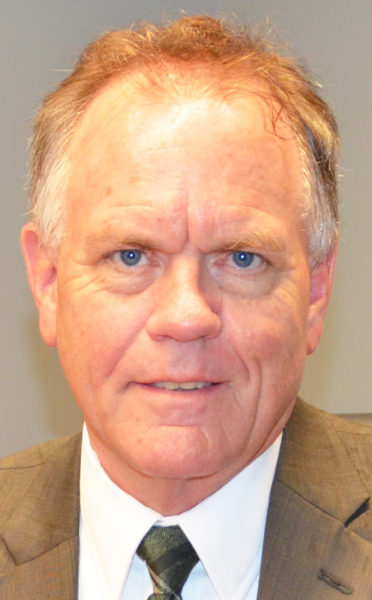
“I’ve worked with Wheeling Heritage Area for the past 17 years, and they have been a good partner with the city for economic development, particularly downtown,” Herron said.
Herron began to tick off cooperative projects that have already been completed. There will likely be more partnerships in the future. For one, both Wheeling Heritage and the city want to take on the redevelopment of Wheeling-Pitt Steel building, a 12-story edifice being contemplated as market-rate apartments.
The group is also interested in spurring the development of a Wheeling museum that would provide a one-stop overview of the city’s history.
But, Dougherty noted, Wheeling Heritage’s future plans aren’t all on the grand scale. The group is working with small projects in neighborhoods, cultural events and festivals. Such events, he said, also continue to tell city’s story — making sure it’s a living landscape with a future, not just a past.
Wheeling Heritage announced yesterday that Dougherty has resigned as executive director in order to pursue a law degree. Wheeling Heritage board president, Arch Riley, will take over when Dougherty departs later this summer.
• A long-time journalist, Nora Edinger also blogs at noraedinger.com and Facebook and writes books. Her Christian chick lit and faith-related non-fiction are available on Amazon. She lives in Wheeling, where she is part of a three-generation, two-species household.


